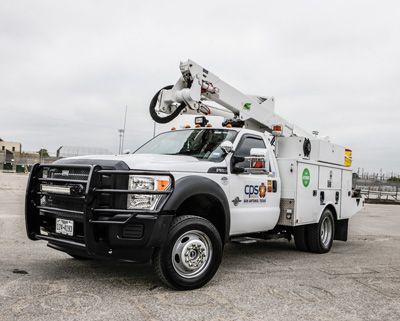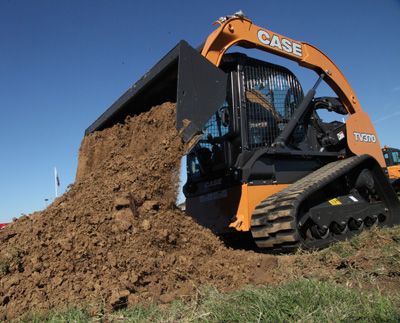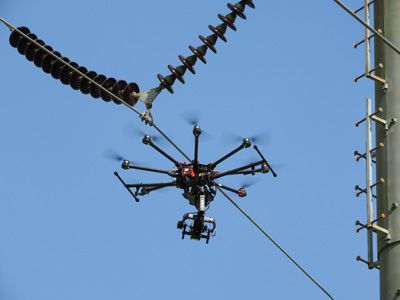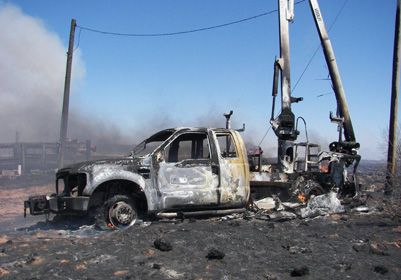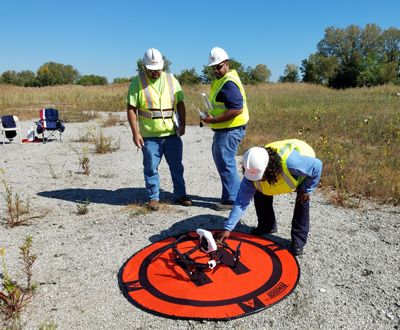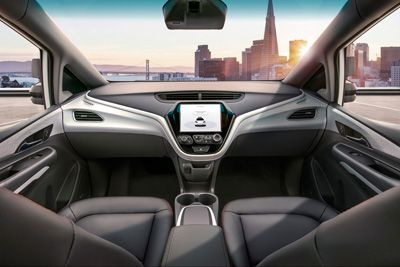The Rise of the 4×4 Service Truck
When it comes to service trucks in utility fleets, which is more popular: two-wheel-drive or four-wheel-drive?
According to a recent report by Utilimarc (https://utilimarc.com), a Minneapolis-based fleet management software and benchmarking company, the clear winner is the 4×4.
But this hasn’t always been the case. In fact, in 2012 – just six years ago – the two-wheel-drive led the service truck market by nearly 20 percentage points.
That would appear to make sense. All things being equal, the two-wheel-drive comes with a lower price tag. And conventional wisdom is that operating costs on the 4×2 should be lower as well, because there are fewer components that need to be serviced or repaired.
Yet in a relatively short span, the 4×4 has surged to the lead. Why? What’s driving this change in utility fleets?
UFP spoke with Paul Milner, senior analyst and product developer at Utilimarc, to help us dig into the data.
But before we dive in, here’s some background on the report, titled “The Strength of the Light-Duty Service Truck,” which can be found at https://utilimarc.com/strength-light-duty-service-truck/.
It surveys about 50 gas and electric utility companies across the United States and includes a sample of over 10,500 light-duty service trucks, which Utilimarc defines as Class 3 to 5 vehicles with a gross vehicle weight rating under 20,000 pounds, with the primary upfit being a service body with tool compartments.
Here are three takeaways from the report that help tell the story of how the 4×4 has emerged as the market share leader.
Takeaway #1: The 4×4 has closed the gap in operating costs.
One of the key advantages of the four-wheel-drive service truck is that it offers a broader range of uses because it can be deployed in off-road and hazardous road conditions – such as in storm response situations – that a two-wheel-drive might not be able to handle.
But the traditional thinking has been that if you’re spec’ing a service truck for a role that would rarely require the four-wheel-drive to be engaged, why spend the extra money for the 4×4 option that could be more expensive to operate as well?
Yet, according to the data, the operating cost gap between the 4×4 and 4×2 has narrowed, making it easier for utility fleet managers to justify the higher upfront investment in the four-wheel-drive.
In fact, if you compare the 10-year average cost per mile, the 4×4 actually provides a 2-cent advantage – $0.26 versus $0.28 for the 4×2.
“If I’m thinking about spec’ing a 4×4 but have held back because of higher operating costs, the data show that the difference really isn’t that substantial,” Milner said. “While we see the 4×4 maintenance cost is a bit higher in that sixth and seventh year, overall it looks like the two drive types are essentially tied in terms of the maintenance performance. And to a fleet manager, from a cost perspective, I think that says that [spec’ing a four-wheel-drive] is not going to kill you.”
Takeaway #2: Utility fleets are replacing their 4x4s at a faster rate.
In the five-year period covered in the report, the average age for the two-wheel-drive increased by 0.90 years, while the four-wheel-drive’s average age increased at a slower rate – by 0.53 years.
What does this mean?
“From my perspective, that really means that fleets are not replacing the two-wheel-drive [with another two-wheel-drive truck] as quickly as the 4×4,” Milner said. “They’re either moving that truck to a different application or are prioritizing four-wheel-drive units over the 4×2 trucks. In other words, it seems like the 4×4 vehicles are more valuable to the organizations because the fleet managers are being more consistent with the replacement of those assets. So, depending on whether their budget is tight or whatever’s going on regarding the company’s capitalization plan, it doesn’t look like those fleets are skimping on 4×4 units. But the two-wheel-drive seems to be getting the short end of the stick in terms of that replacement factor.”
Takeaway #3: The shift in market share has been dramatic.
In 2012, the two-wheel-drive held a significant market share advantage – 59 percent to 41 percent. But by 2016, that advantage essentially flipped in favor of the four-wheel-drive – 54 percent to 46 percent.
“What the data is showing us – and what we’ve learned in our discussions with fleet managers – is that the maintenance patterns between these two trucks don’t appear that different,” Milner said. “And there also appears to be greater demand from the organization to have the 4×4 versus the 4×2 trucks, so fleets have been more willing to pay a little extra up front to purchase the 4×4 asset.”
But if there were a substantial operating cost advantage for the 4×2, the story would have been different. As Milner put it, “I think that if the maintenance cost comparison showed that the 4×2 was 5 cents per mile cheaper than the 4×4 in every age, I think it would be a much harder call for a fleet manager to make that decision.”



